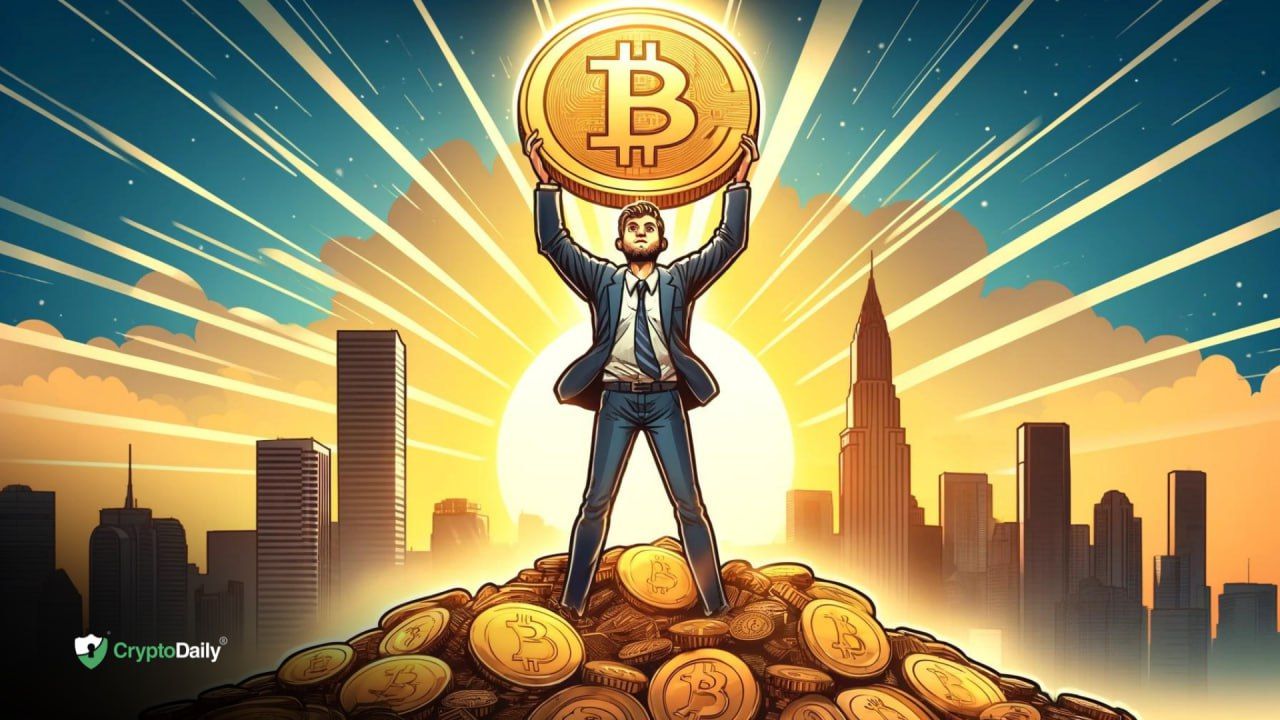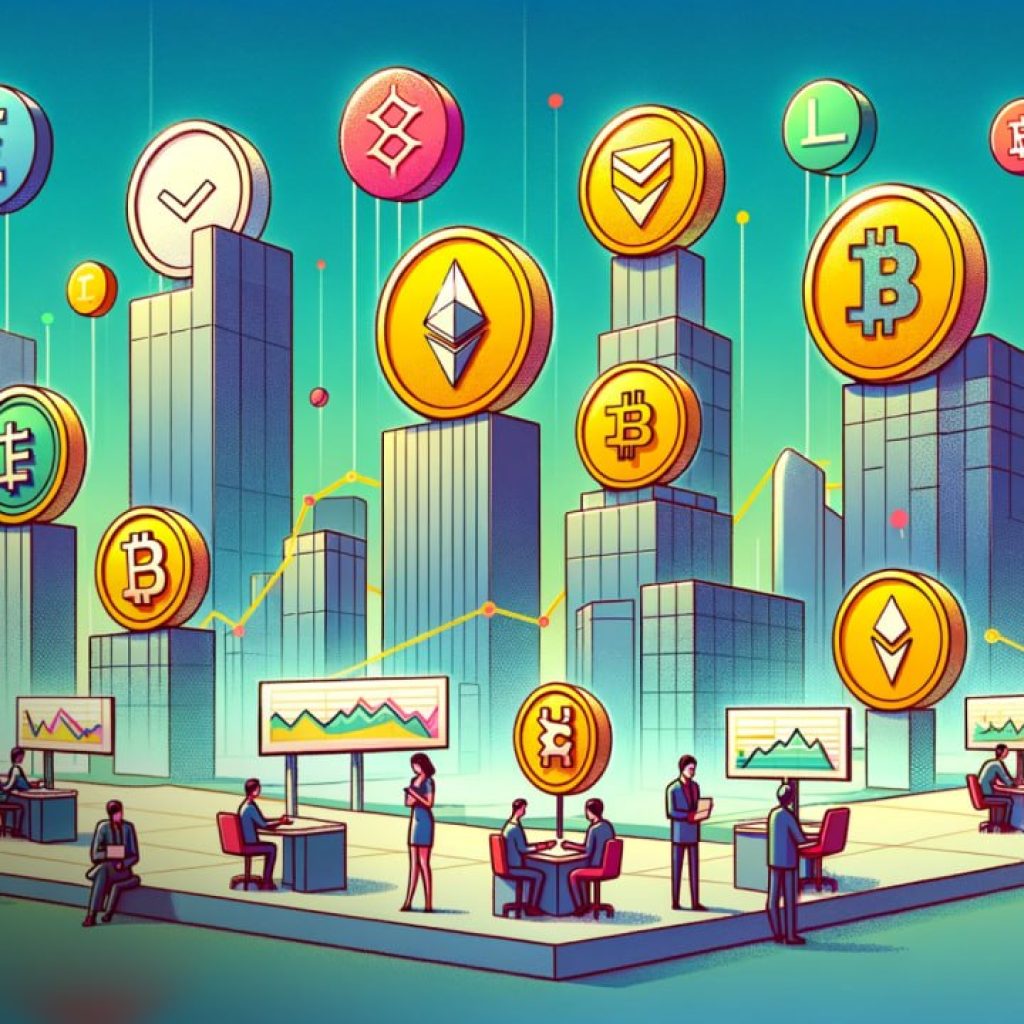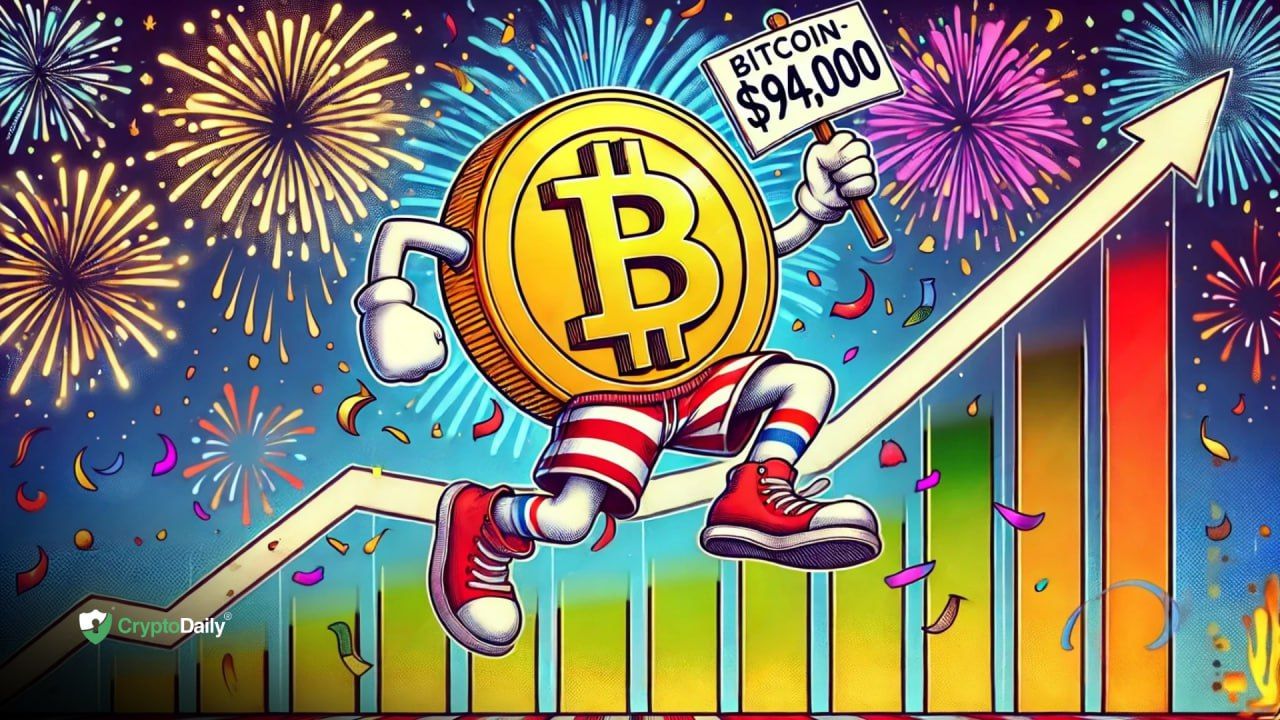The huge majority of people either just about get by, or if they have any money left over, they just stick it in the bank. This will not get you through. You need assets, and stacking bitcoin could be a good way to start building that wealth.
Most people have no idea what is going on with the economy
If you are among the 90 odd percent of people who just about manage to make a living, going from paycheck to paycheck without even putting anything aside for a rainy day, you are not going to make it through the coming years, or if you do, you will likely have a lot less than you even do now.
Like sheep going to the slaughter, the vast majority of citizens in the West have absolutely no idea what is going on with their countries’ economies, and just accept that things are as they are and that they’ll just have to tighten their belts as prices go up and wages continue to stagnate.
Save your money?
Perhaps there are some who are actually tightening their belts already, cognizant of the fact that something is wrong, but unable to put their finger on precisely what it is, and by trying to protect themselves from a sense of impending catastrophe they are putting what they can into a bank or savings account.
Aside from the fact that they are saving, (a praiseworthy practice espoused by Chairman Gary Gensler of the SEC), they are doing completely the wrong thing by putting these savings into the bank/savings account. The reason for this is that even by official figures, the purchasing power of their currency is being eroded by around 3% to 5% a year, depending on where they live.
At Shadowstats.com, economic analyst John Williams uses the exact CPI (Consumer Price Inflation) models previously used by the US government for 1990, and 1980. Of course, as inflation has increased over subsequent years, these baskets of goods and services have been manipulated by successive administrations in order to extract items that produce more inflation, and replace them with those that produce less.
The 1990 model puts inflation today at just under 8%, while the US government’s model used in 1980 puts inflation today at around 12%. If you add to this the incredible amount of currency printing that has taken place since these times, causing a catastrophic reduction in purchasing power of the currency, and the 0.03% or whatever that the bank is paying in interest on your money, you will realise that this is a no-win situation, and a complete joke - to say nothing of the abysmal service and products that the banks offer.
The wealthy hold assets
Given their understanding of these circumstances, the wealthy do not generally hold large sums of money in the bank. For them, it’s all about accumulating assets, whether this be houses, stocks and bonds, precious metals, art, or anything else that can hold value.
When governments start hiking interest rates because their economies have started to overheat, no doubt due to the loose economic policies they had previously employed, and things start to stagnate and decline, jobs for the average Joe and Jane start to disappear. And when governments try to stave off the collapse of their economies by printing more currency, it’s those same Joes and Janes that suffer the brunt, given that they have no assets.
Which assets to buy?
Assets are important in that as more currency units are introduced into the system, there are more of them chasing a finite number of assets, which therefore pushes up the price of those assets.
All this being said, the average Joe and Jane can’t afford a house. They don’t earn enough money to buy stocks and bonds, gold, or art etc. Even bitcoin is now incredibly expensive isn’t it?
Putting money into stocks and bonds etc., requires know-how. You could very easily lose money here if you are not wise to investing. However, buying bitcoin is incredibly easy. Downloading an app such as Coinbase, and connecting your bank account, is not difficult to do.
Each Bitcoin is split into tiny amounts called Satoshis, so buying just a small amount each time, such as to the value of $20, $50, or $100 is very simple.
However, a word of caution. Unless you are a professional trader it is best to just sit on the Bitcoin that you accumulate. Trying to sell it and then buy back in lower down is very probably doomed to fail. Also, Bitcoin is still a very young asset, and as such it is very volatile. Falls or rises in price of 10% or more can happen in a very short amount of time, but over the long run this asset has only gone up.
Why Bitcoin?
And finally, Bitcoin is decentralised and unable to be manipulated by governments. Therefore it goes through cycles that up to now have taken around 4 years to complete. This means that there is a bear market, and this could last from a year to 18 months. The rest of the time it is in a bull market.
Over the 16 years or so of its existence, Bitcoin has risen more than 2 million percent. It has risen in value more than 99% against every other asset, and failing a worldwide crackdown on bitcoin mining for instance, it is likely to keep going up in price.
For the average Joe and Jane, Bitcoin could perhaps be seen as a long term savings play. That said, it must be recognised that even Bitcoin can go down as well as up, and it is perhaps not fool proof.
Self-education is key
The main advice here is to do one’s own research into bitcoin, with the added bonus that this often leads to an understanding of just how awful our fiat currency based system is. Also, bear in mind that it might not be a good idea to consult with a financial advisor, as they are generally embedded in the current system, and have no financial incentives to recommend anything like Bitcoin, which is outside of the system.
Be safe. Only use exchanges regulated to deal with cryptocurrencies, and never allow a scammer the opportunity to compromise your account. Happy Bitcoin hodling.
Disclaimer: This article is provided for informational purposes only. It is not offered or intended to be used as legal, tax, investment, financial, or other advice.





